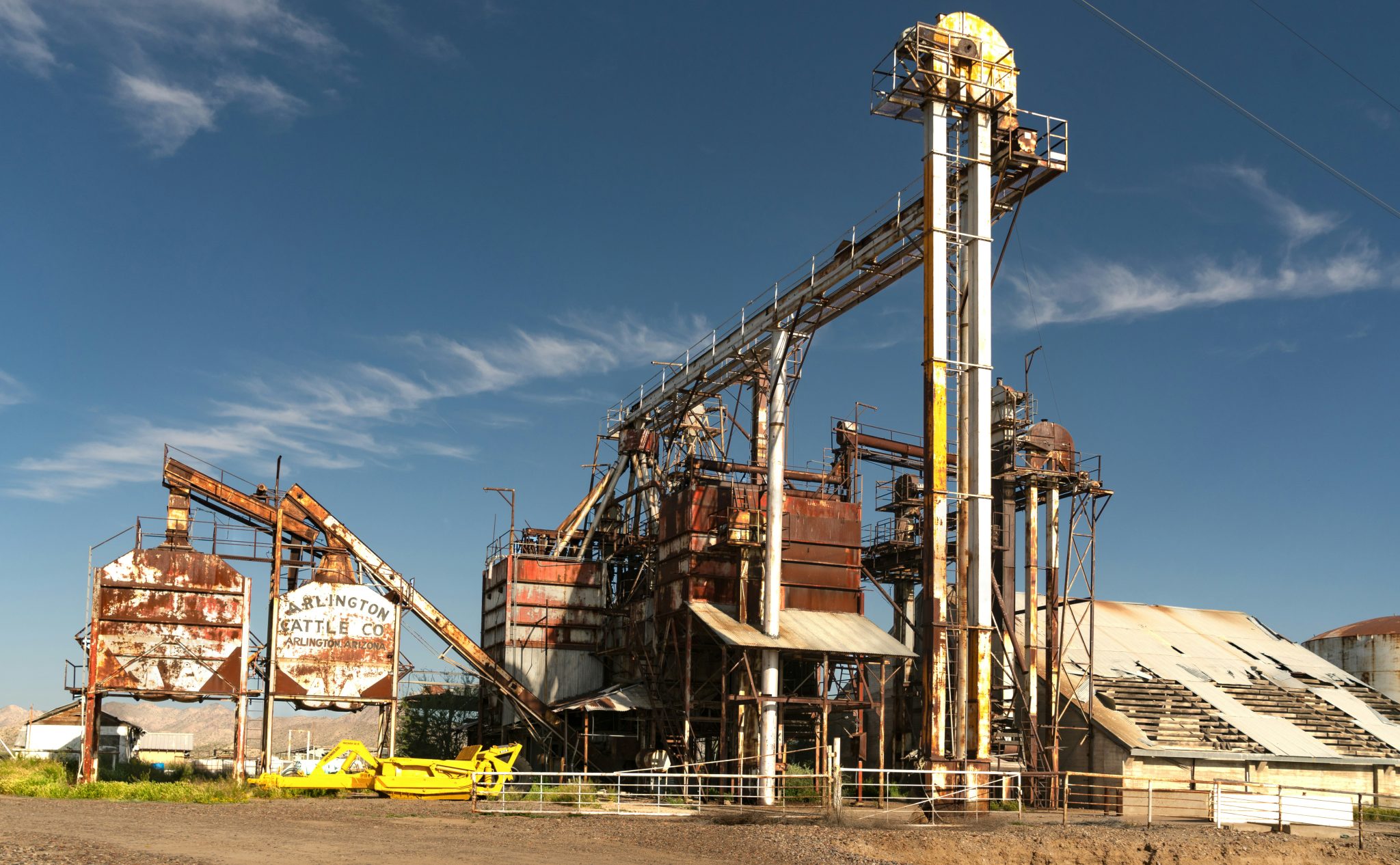
Across Texas, former workers who retired years ago are stepping forward to file compensation claims for illnesses they never saw coming. These aren’t cases of recent workplace accidents or immediate injuries. Instead, they represent decades-old exposure to asbestos that is only now manifesting as serious, often fatal diseases. Understanding why these claims are only emerging now (and why they remain legally valid) reveals a complex mix of industrial history, medical science, and justice delayed but not denied.
The Lingering Effects of Past Exposure
The human body doesn’t operate on legal timelines. Many retired workers are discovering that their years in Texas industries left them with a devastating legacy: asbestos-related diseases that take decades to develop. Mesothelioma, lung cancer, and asbestosis can remain dormant for 20 to 50 years after initial exposure, making them silent killers that strike long after workers have left their jobs behind.
This extended latency period creates a unique situation where seemingly healthy retirees suddenly face terminal diagnoses. The asbestos fibers they unknowingly inhaled during their working years have been quietly causing cellular damage, leading to the wave of post-retirement legal action we see today. For many families, the diagnosis comes as a complete shock, until they begin connecting the dots to their loved one’s occupational history.
The Industries Behind the Claims
Texas’s industrial backbone created perfect conditions for widespread asbestos exposure. The state’s dominant sectors relied heavily on asbestos-containing materials throughout the mid-to-late 20th century, when safety regulations were minimal or nonexistent. High-risk industries for asbestos exposure in Texas include:
- Oil refining and petrochemical plants
- Shipbuilding yards along the Gulf Coast
- Construction and building trades.
- Manufacturing facilities.
- Power generation plants.
Workers in specific roles faced the greatest exposure risks. Insulators, pipefitters, electricians, welders and maintenance workers routinely handled asbestos-containing materials without protective equipment. Even office workers in these facilities could face secondary exposure through contaminated air systems.
Understanding the Legal Window
Texas law recognizes the unique nature of asbestos-related diseases through the “discovery rule”. This legal principle allows workers to file claims not from the date of exposure, but from when they discovered their illness and its connection to asbestos. This approach acknowledges the medical reality of latent diseases and ensures that victims aren’t penalized beyond their control.
The discovery rule means that many claims remain valid even after retirement. Courts understand that requiring workers to file claims immediately after exposure would effectively deny justice to most asbestos victims, given the diseases’ long latency periods.
A Texas mesothelioma attorney understands this legal framework as it has created opportunities for retired workers who might have assumed their window for legal action had closed. As long as the diagnosis and its connection to workplace exposure can be established, claims can proceed regardless of how much time has passed.
Endnote
Former workers in high-risk industries should monitor their health for specific warning signs, even years after leaving dangerous jobs. Persistent cough, chest pain and shortness of breath warrant immediate medical attention and disclosure of occupational history to healthcare providers. Time may be working against these retired workers in terms of their health, but Texas law ensures that justice remains within reach, regardless of when their courage to fight finally emerges.
